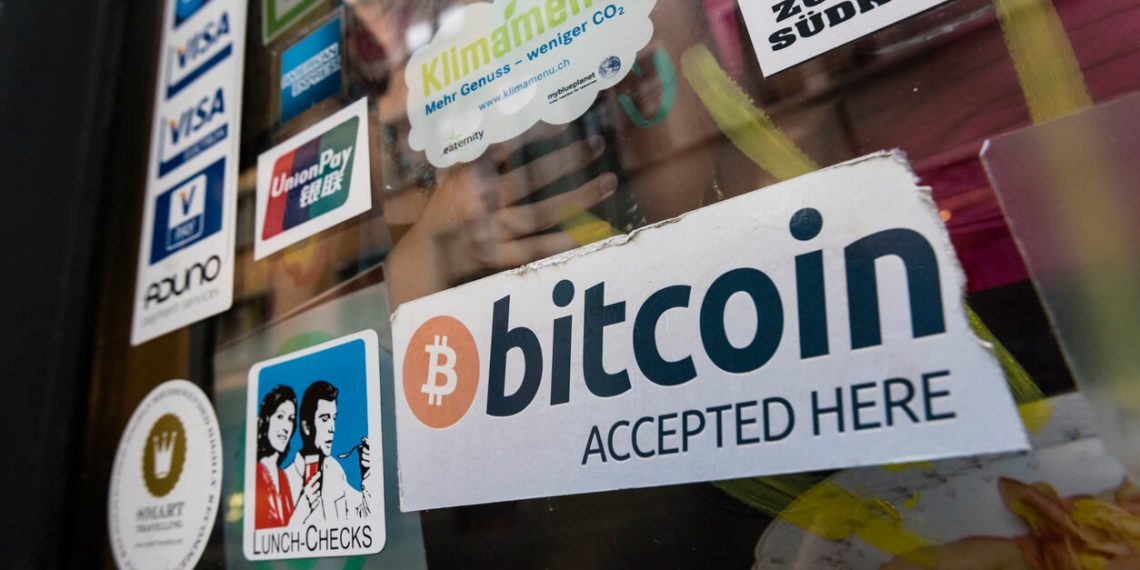In the past few years, Bitcoin and other cryptocurrencies have become popular. While they were meant to operate as an alternative to the traditional payment options, they have become mainstream quite fast.
Various stores in Australia already accept Bitcoin as payment for goods and services. In addition, multiple companies in the hotel industry, health and fitness, and other online stores accept Bitcoin and other cryptocurrencies.
Small businesses can also embrace Bitcoin for payments. Here is how to go about it.
Things to Know before accepting Bitcoin payments
Before you accept Bitcoin payments, there is various information to keep in mind as a small business. These include;
Limitations
As a new form of payment, Bitcoin comes with various limitations. The first of such limitations is that you cannot use Bitcoin for all your transactions. Most of the expenses like employee salaries, supplier payments, and rent will need you to use the traditional payment methods. There are also public awareness concerns, as the larger Australian population is yet to learn about and embrace cryptocurrencies.
Irreversible transactions
Transactions involving Bitcoin are irreversible. However, in business, there is always the possibility of clients seeking refunds. As such, you have to build a high level of trust with your clientele when you wish to accept Bitcoin payments.
Volatility
Volatility is the major challenge when it comes to Bitcoin. For example, in 2021 alone, Bitcoin’s value has changed a lot. In March, it was worth around 5385 AUD; this cannot compare to the current 43,010 AUD. Keeping up with the value changes can prove quite a task.
Tax implications
As a new form of currency, cryptocurrencies are still changing. Even though legal, the Australian Securities and Investment Commission (ASIC) keeps updating the regulatory framework of crypto assets. Every other change comes with tax implications.
How to accept Bitcoin payments in your business
Now that you understand what to expect from Bitcoin payments, you must be thinking, how do I accept Bitcoin as payment? So here is how to go about it.
1. Choose a payment processor
All the entities who accept Bitcoin for payment cannot do it on their own platform. Instead, there are various payment processors like Paypal, Bitpay, and Bitcoinpay, to partner. However, all these processors come with various unique features and processing fees. As such, research widely before settling on one.
2. Remove transactions restrictions
Different processors may have restrictions on how many crypto transactions can occur. As a business, you may surpass these levels, which is why it’s recommended you decrease these limitations by verifying your account and providing identification documents. Depending on the processor, you may need proof of address and information on the company directors.
3. Choose your currency
Bitcoin is a global operator compatible with various major currencies. The payment processor thus allows you to choose a currency of choice. If you are a local company with predominantly Australian clients, opt for AUD as the default currency. For a global company, you can include USD or EUR, depending on the target market.
4. Accept Bitcoin payments at the point of sale and website.
Now that you have set up everything, it’s time to accept Bitcoin payments. Inform the customers of the payment options by sending emails and handing stickers on the business premises. Provide a QR code the clients can use to access your wallet or accept a Bitcoin payment card as you would a credit card.
Accept Bitcoin payments on your website by installing an API provided by the payment processor. These APIs are integrated into the website, mobile app, and other eCommerce platforms.
Bonus: If you’re not ready to sign up for a payment processor, some exchanges allow users to accept payments. For example, Australia’s largest crypto exchange CoinSpot offers users this feature. Simply get your QR code inside the app. It’s also worth noting that there are no transaction limits when using this feature on CoinSpot.












